Page 160 of 247
Omega Sunrise
Posted: Mon Sep 21, 2020 7:48 am
by daveboling
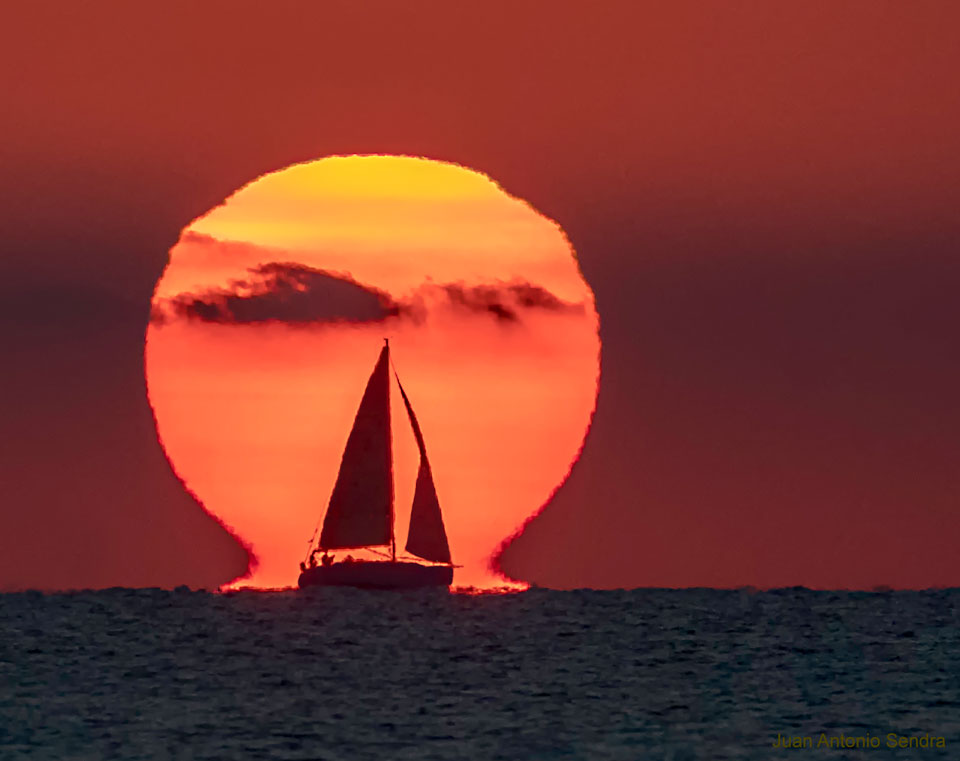
Needs to sheet in the jib a bit...
dave boling
Equinox in the Sky
Posted: Wed Sep 23, 2020 8:33 am
by daveboling
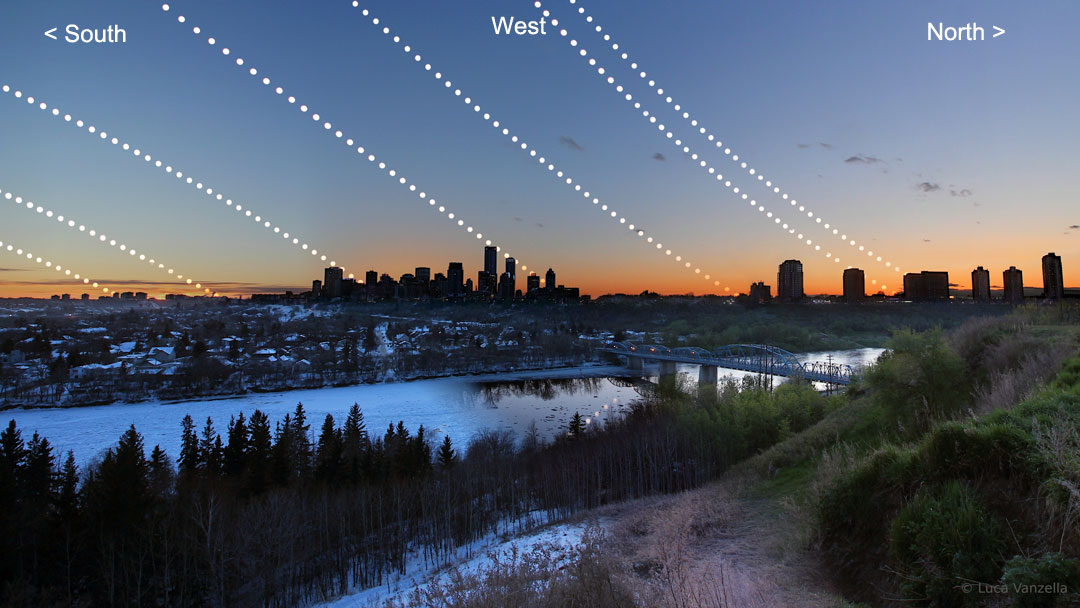
dave boling
ISS Transits Mars
Posted: Wed Sep 23, 2020 8:35 am
by daveboling
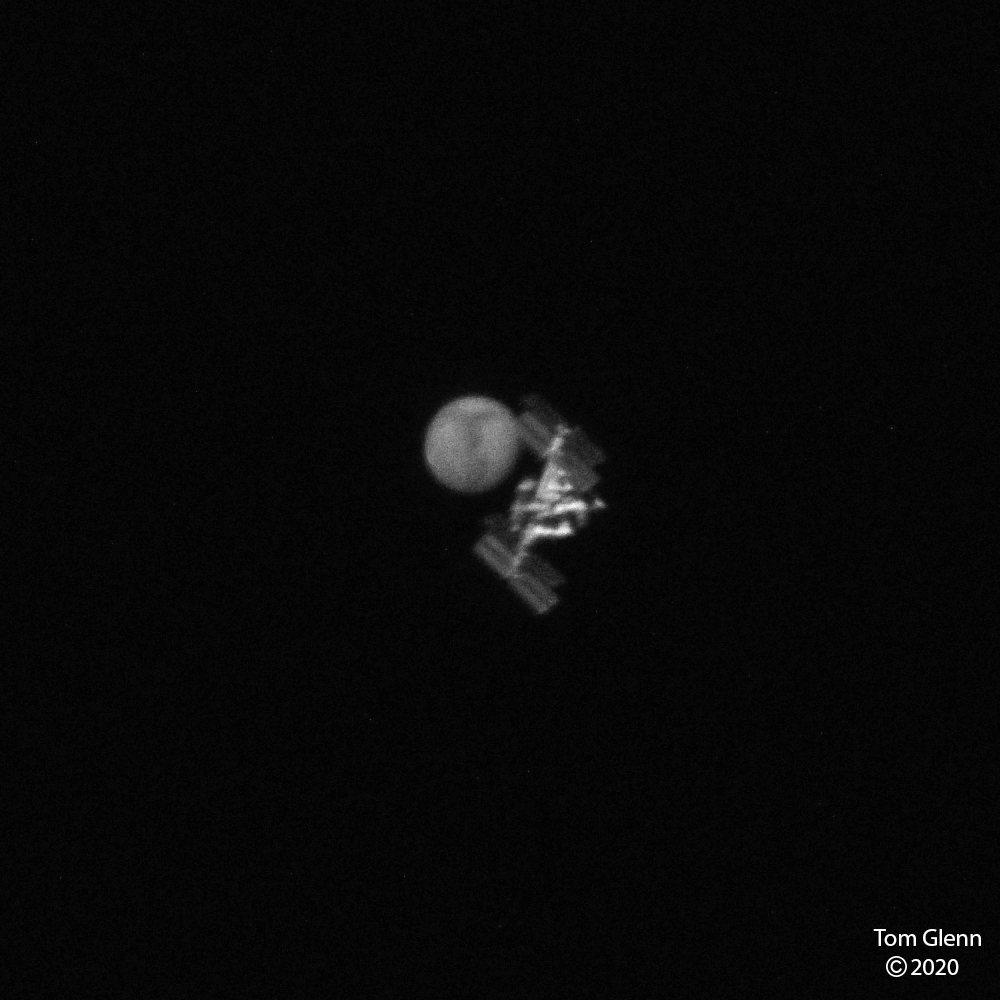
dave boling
Enceladus in Infrared
Posted: Thu Sep 24, 2020 7:21 am
by daveboling

dave boling
Moon over Andromeda
Posted: Fri Sep 25, 2020 9:27 am
by daveboling
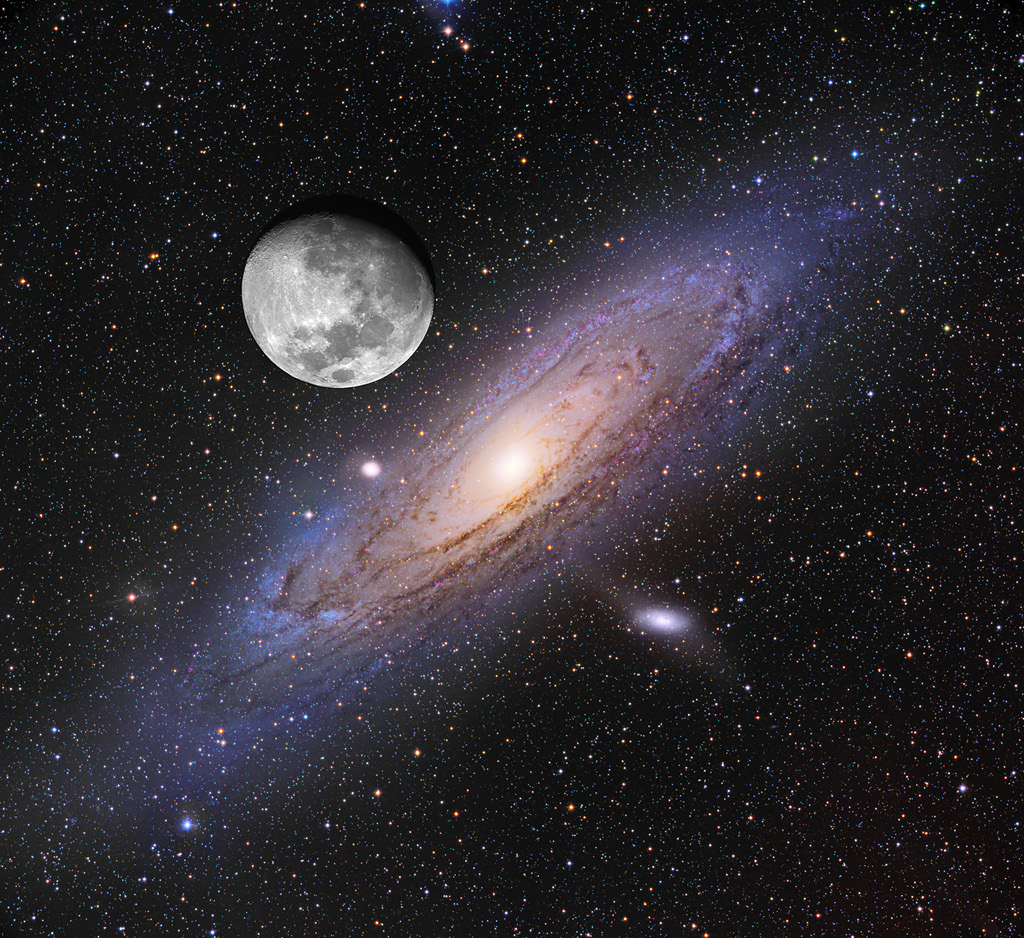
dave boling
Re: "He's your son!!" of APOD
Posted: Sun Sep 27, 2020 12:10 pm
by david_h
Can I take this opportunity to ask why astronomical photos so rarely indicate the angular field of view? Is it because the target audience is comprised mainly of people who already know 'how big' things are and those who don't care?
Re: "He's your son!!" of APOD
Posted: Wed Sep 30, 2020 7:40 am
by daveboling
For many of the images posted, the angular field of view is fractions of arc seconds. It doesn't mean much, and astronomers don't commonly use, angular field if it would read 1.3E-5 arc seconds for a galaxy cluster. A good number of the APOD descriptions will give angular field of view for larger objects, particularly those that are faint to the naked (can I say naked on this forum

) eye. Even Jupiter (and Saturn, both of which are currently prominent in the night sky), as large as it appears, ranges only from 29.8 to 50.1 arc seconds. So, at best, it would take ~72 Jupiter diameters to make one degree in the night sky. If I remember correctly (long odds here), a fist held at arms length is about 10 degrees (could be 15, don't clearly remember), so holding your fist out next to an object in the sky will allow you to "ballpark" the angular field of view.
Does this help or confuse (hint, I'm better at the latter than the former....)?
dave boling
Moon Pairs and the Synodic Month
Posted: Wed Sep 30, 2020 7:42 am
by daveboling
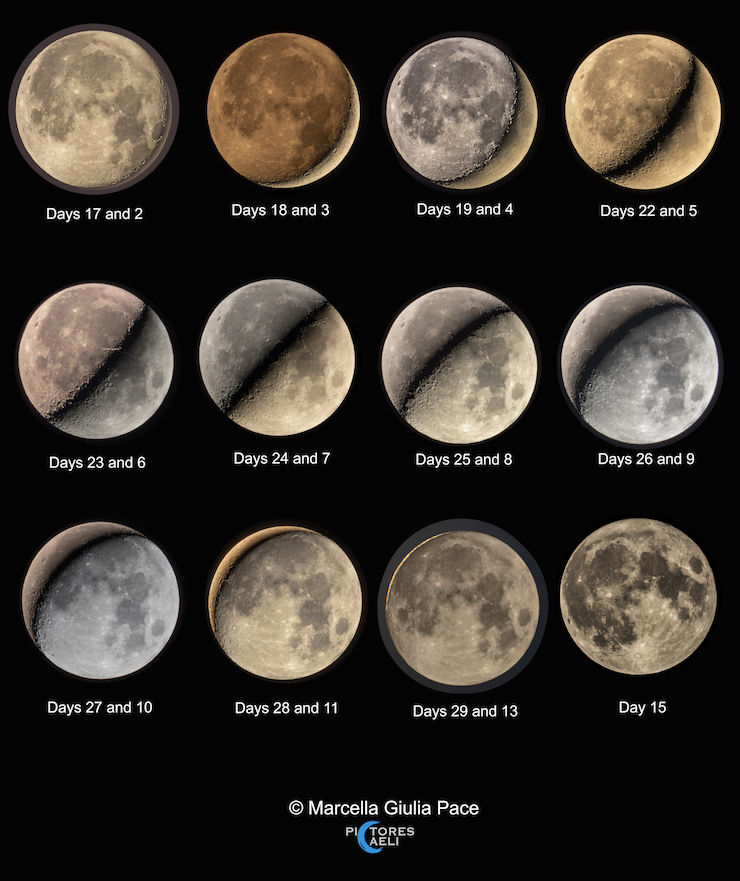
dave boling
Lightning over Colorado
Posted: Wed Sep 30, 2020 7:44 am
by daveboling
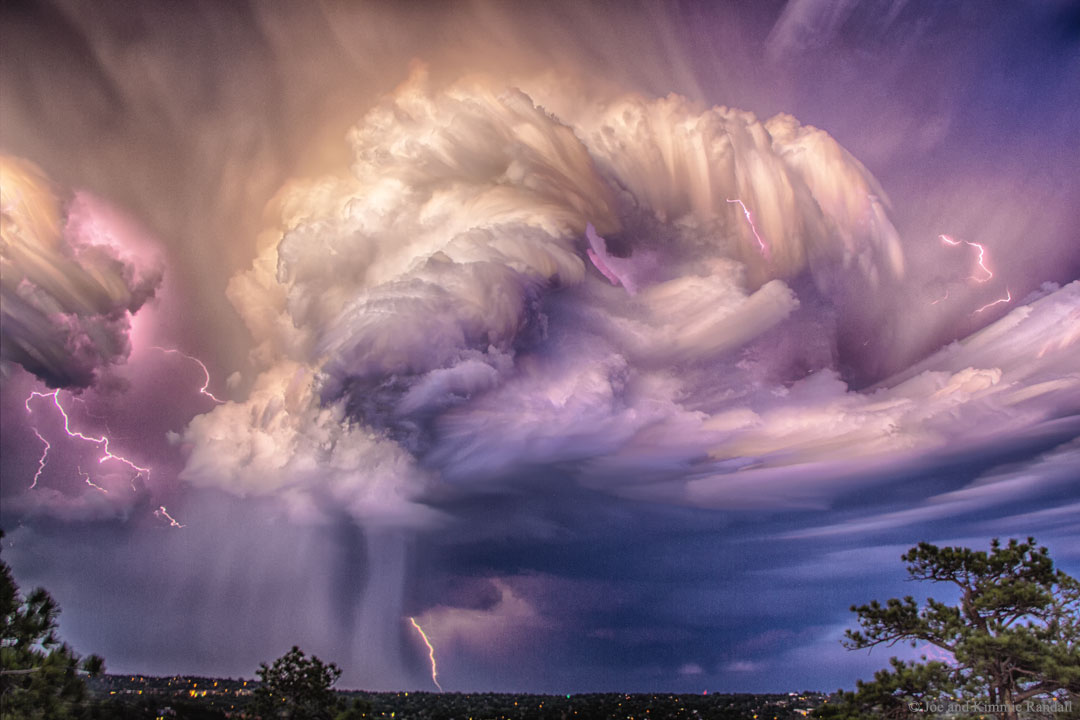
dave boling
Filaments of the Cygnus Loop
Posted: Wed Sep 30, 2020 7:46 am
by daveboling

dave boling
GW Orionis: A Star System with Tilted Rings
Posted: Wed Sep 30, 2020 7:48 am
by daveboling
Sonified: Eagle Nebula Pillars
Posted: Wed Sep 30, 2020 7:50 am
by daveboling
Yet another
APOD video
dave boling
Re: "He's your son!!" of APOD
Posted: Fri Oct 02, 2020 10:45 am
by david_h
daveboling wrote:For many of the images posted, the angular field of view is fractions of arc seconds. It doesn't mean much, and astronomers don't commonly use, angular field if it would read 1.3E-5 arc seconds for a galaxy cluster. A good number of the APOD descriptions will give angular field of view for larger objects, particularly those that are faint to the naked (can I say naked on this forum

) eye. Even Jupiter (and Saturn, both of which are currently prominent in the night sky), as large as it appears, ranges only from 29.8 to 50.1 arc seconds. So, at best, it would take ~72 Jupiter diameters to make one degree in the night sky. If I remember correctly (long odds here), a fist held at arms length is about 10 degrees (could be 15, don't clearly remember), so holding your fist out next to an object in the sky will allow you to "ballpark" the angular field of view.
Does this help or confuse (hint, I'm better at the latter than the former....)?
dave boling
Thanks. It's a question I had been thinking of asking on this thread for years. I guess what I actually like to know is what the angular diameter of the things I am being shown. I asked about angular field of view as that seems analogous to a map scale - which by convention is always there to help us tell if we are looking at a contour map of a mountain or a molehill. The trouble with space is that it looks much the same however much we enlarge it. I posted prompted by the Andromeda galaxy image because there we were given a sense of scale. Without the moon it could have been like a picture from Hubble of a speck of light or less to the naked eye rather than something that is actually quite 'big in the sky' but not seen like that without a little image processing.
I guess unless one is an astronomer then for most of us it's just awesome eye candy.
Solis Lacus: The Eye of Mars
Posted: Mon Oct 05, 2020 9:08 am
by daveboling

dave boling
Biking to the Moon
Posted: Mon Oct 05, 2020 9:11 am
by daveboling
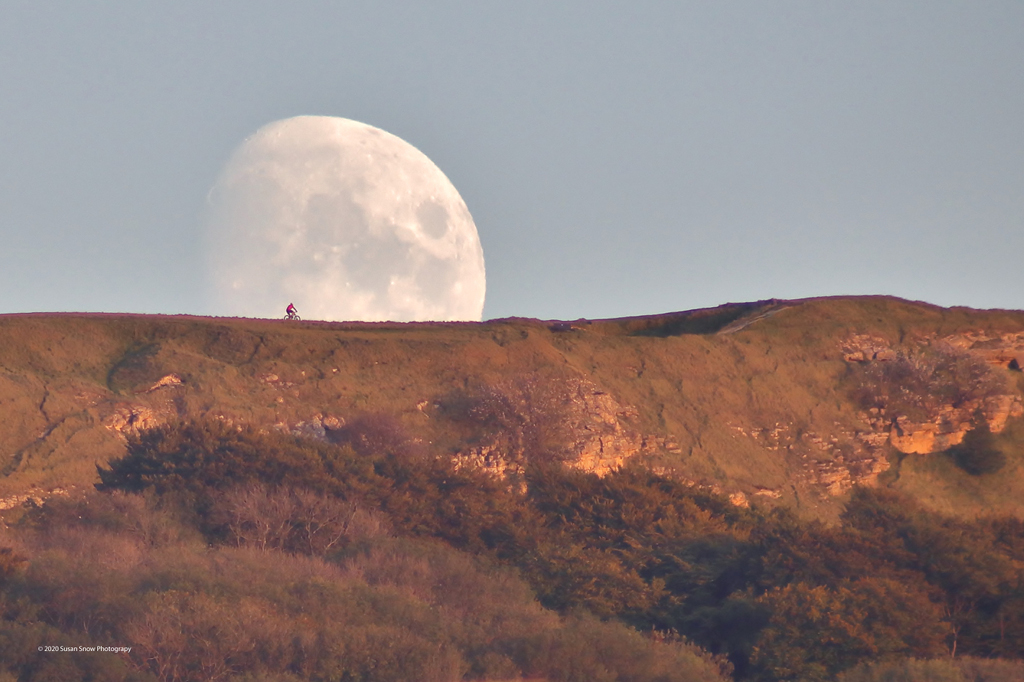
dave boling
) eye. Even Jupiter (and Saturn, both of which are currently prominent in the night sky), as large as it appears, ranges only from 29.8 to 50.1 arc seconds. So, at best, it would take ~72 Jupiter diameters to make one degree in the night sky. If I remember correctly (long odds here), a fist held at arms length is about 10 degrees (could be 15, don't clearly remember), so holding your fist out next to an object in the sky will allow you to "ballpark" the angular field of view.